Nearly ten years after implementing the national target program for building a new-style countryside, Dong Nai has completed the program ahead of schedule. All districts and communes in the province have met the criteria of a new-style countryside, making Dong Nai a spotlight in the program’s implementation.
Intensive farming of high quality
We visited rural areas in mountainous and deep-lying districts when the province had just been recognized by the Prime Minister for its accomplishment in the building of a new-style countryside in 2019.
|
After nearly 10 years of implementing the national target program of building a new-style countryside, all communes in Dong Nai have met the criteria of new-style rural areas in 2019, two years ahead of schedule. |
Our car was driven on wide and smooth rural roads. Along the roadsides in Tan Binh and Tan Trieu communes are yellow trumpetbush blossoms which beautify the rural area.
Dong Nai has developed sustainable farming which can be seen in its large-scale fruit plantations. The province has a lot of popular fruit bands, such as Tan Trieu pomelos, Vinh Cuu and Xuan Loc mangos and Cam My, Long Khanh and Tan Phu durians.
We dropped in the 2ha pomelo farm of Ngo Van Son in Vinh Hiep village, Tan Binh commune, Vinh Cuu district when the fruit was ripening. Apart from growing green-skin pomelos and buoi la cam (sweet pomelos with leaves like oranges), Son also grows pomelos shaped like a wine gourd or a gold bar or are carved with the letters “tai loc” (prosperity) which sell very well during Tet (lunar new year). “A beautifully shaped pomelo sells from 800,000 to 1 million dong (roughly 35-43 US dollars) during Tet,” Son said. He added that he makes a profit of around 400 million dong (nearly 17,400 US dollars) each crop.
The province has over 573 ha of GAP (Good Agricultural Practices) planting, 210 ha of UTZ certified (a label and program for sustainable farming) cacao and 282 ha of 4C compliant coffee (coffee produced in accordance with the 4C Code of Conduct). Mango and rambutan growing zones in Dinh Quan and Xuan Loc districts and Long Khanh city have been granted 8 zoning codes with a total area of 92 ha, including over 70 ha for export to Australia, and nearly 22 ha for export of durians to the US.
Dong Nai Agricultural and
Rural Development Department
|
Son said that the area where his farm is located used to be a sugarcane zone but the income from that crop was very low.
In 2008, Son shifted to growing pomelos. He later joined the Tan Trieu Pomelo Cooperative where he has a chance to learn how to apply technology to farming, including water-saving irrigation and organic fertilizer fermentation tanks.
Tan Trieu Cooperative now has 20 ha of pomelos grown by 45 members. VietGAP certified Tan Trieu pomelos are now sold in many supermarkets nationwide.
In building a new countryside, Dong Nai has paid special attention to developing sustainable agriculture. Safe production and building of farm produce brands through quality and prestige are the sustainable ways to improve the people’s living standards. There are now numerous high-profit sustainable farming models in rural, remote and deep-lying areas in Dong Nai.
A new look of Dong Nai rural areas
Visiting Dong Nai today, one would be impressed by the new look of its rural areas.
The rural transport system, which has developed in number and improved in quality, has largely helped attract investment in rural areas. This is a factor behind the positive changes in these areas. The province has built and upgraded nearly 4,000 km of roads. All of the 133 communes across the province have concrete roads leading to the districts’ centers. All inter-communal roads are asphalted or concretized according to the technical standards of the Ministry of Transport and Communication, a 72% increase from 2011.
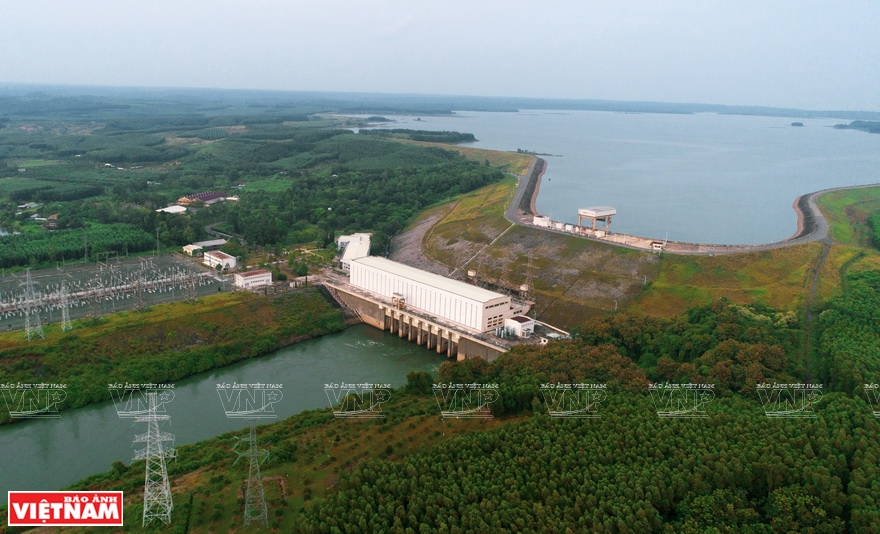
Tri An hydropower plant in Vinh Cuu district has largely contributed to connecting Dong Nai with the national power grid.
It also helps supply water for farming and daily activities and regulate flooding. Photo: Nguyen Luan
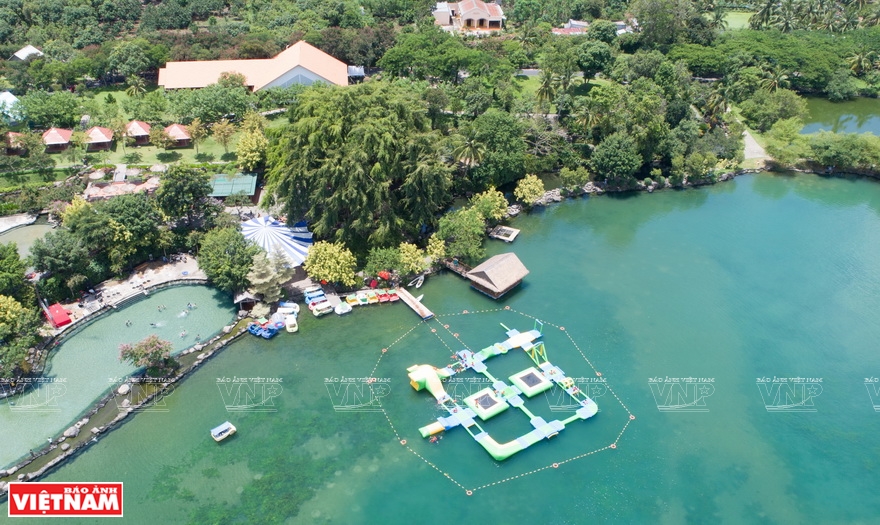
Suoi Mo park in Tra Co commune, Tan Phu district, is a popular tourist attraction for young people. Photo: Thong Hai
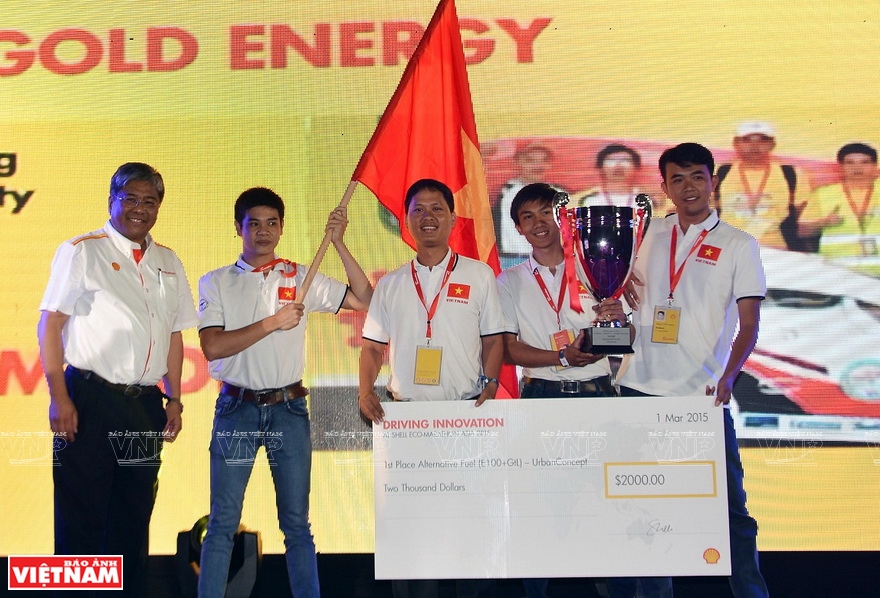
Students from Lac Hong University are once again the winners
of the Urban Concept Battery Electric category at the Shell Eco-marathon Asia 2019 in Malaysia. Photo: VNP
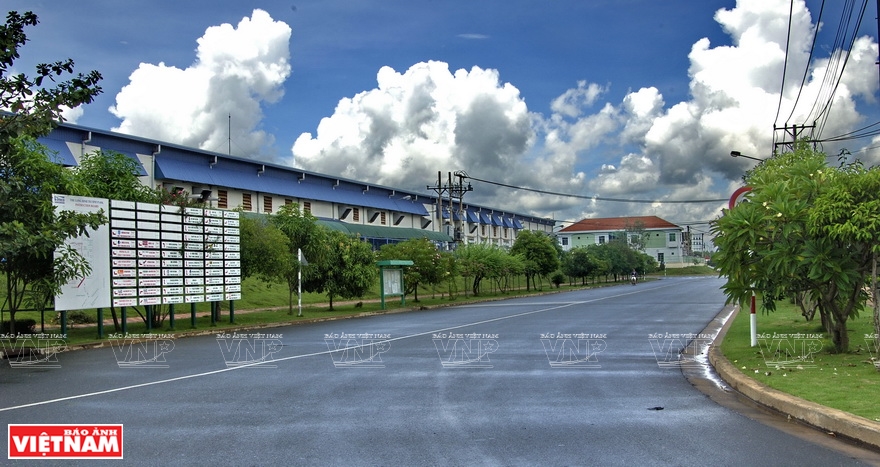
Long Khanh industrial zone in Dong Nai has attracted a lot of domestic and foreign investors. Photo: VNP
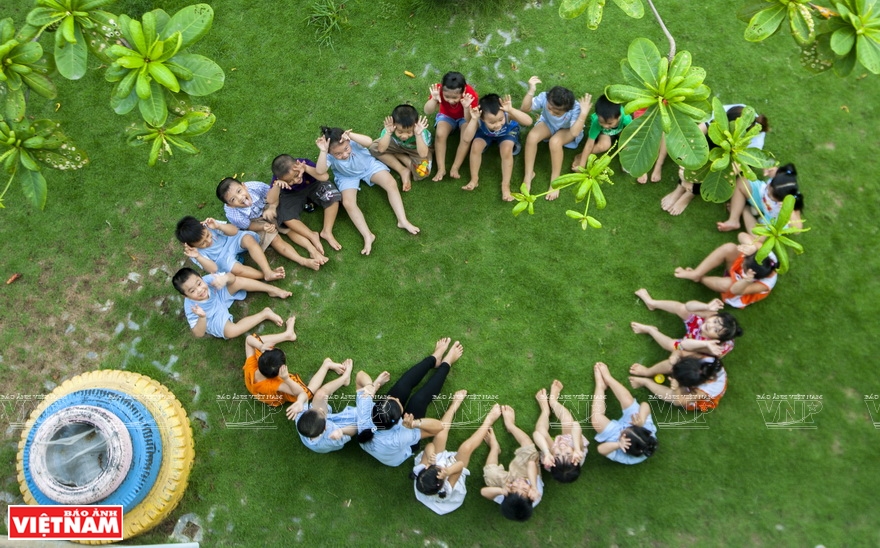
An outdoor class of children at a preschool in Bien Hoa. Photo: Thong Hai

Group study at Hoa Hong preschool in Ho Nai, Trang Bom. Photo: Nguyen Luan
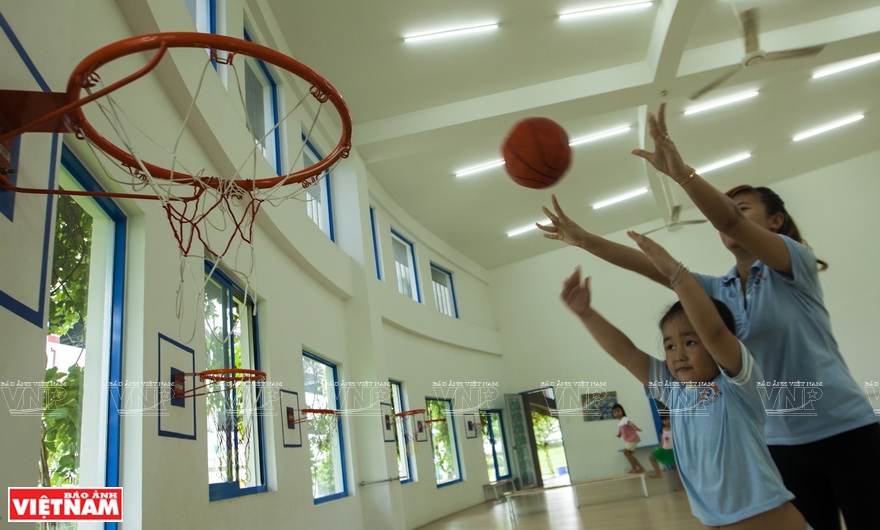 A physical education class for children at Hoa Hong preschool in Trang Bom district. Photo: Nguyen Luan
A physical education class for children at Hoa Hong preschool in Trang Bom district. Photo: Nguyen Luan
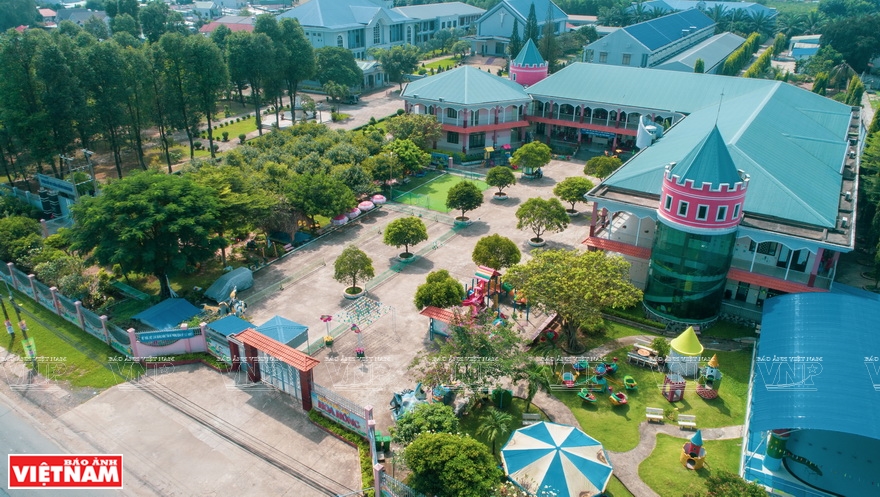
The modern Hoa Hong preschool in Trang Bom has more than 600 children. Photo: Nguyen Luan
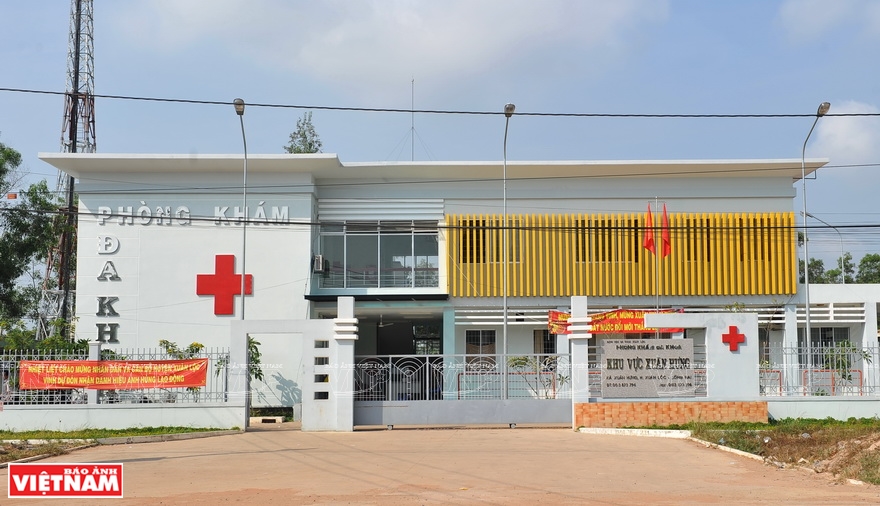 Xuan Hung general clinic in Xuan Loc district has advanced facilities. Photo: Nguyen Luan
Xuan Hung general clinic in Xuan Loc district has advanced facilities. Photo: Nguyen Luan
|
We visited Xuan Hung commune in Xuan Loc where more than 2,200 Cham ethnic people live. The people’s living conditions here have been greatly improved. “The school for Cham children, which was inaugurated in 2006, has become a center for important religious activities of the Cham,” said Adohamit, the imam of the mosque in Cham village.
|
The national target program for building a new-style countryside is an overall program on political, defense and socio-economic development program elaborated and implemented by the Vietnamese government in rural areas nationwide since 2008. The program has set a goal having half of the communes nationwide met the national criteria of a new-style countryside during 2010-2020. |
Dong Nai has also promoted the role of Catholic followers in transforming new-style rural areas in the province. One example of this is Hoa Hong preschool in Ho Nai commune 3, Trang Bom district, a modern school built with the local budget and contributions from Catholics. Le Thi Mong Tuyen, the school’s head teacher, said that Hoa Hong has 33 teachers and about 600 schoolchildren. The school is a trustworthy educational institution for parents in the locality.
The per capita income in Dong Nai’s rural areas reached nearly 52 million dong (approximately 2,260 US dollars)/person/year in 2018, triple that of 2010. The product value against 1 ha of land for agricultural, forestry or aquatic production reached nearly 229 million dong (over 9,900 US dollars), 2.3 times the level of 2010.
With its encouraging results, Dong Nai has set higher targets for developing rural areas. They include, sustainable agricultural production associated with processing and services and tourism to raise product quality and increase people’s income. The targets also focus on environmental production and building a green, clean, beautiful and modern rural environment.
Story: Son Nghia Photos: Nguyen Luan, Thong Hai & VNP